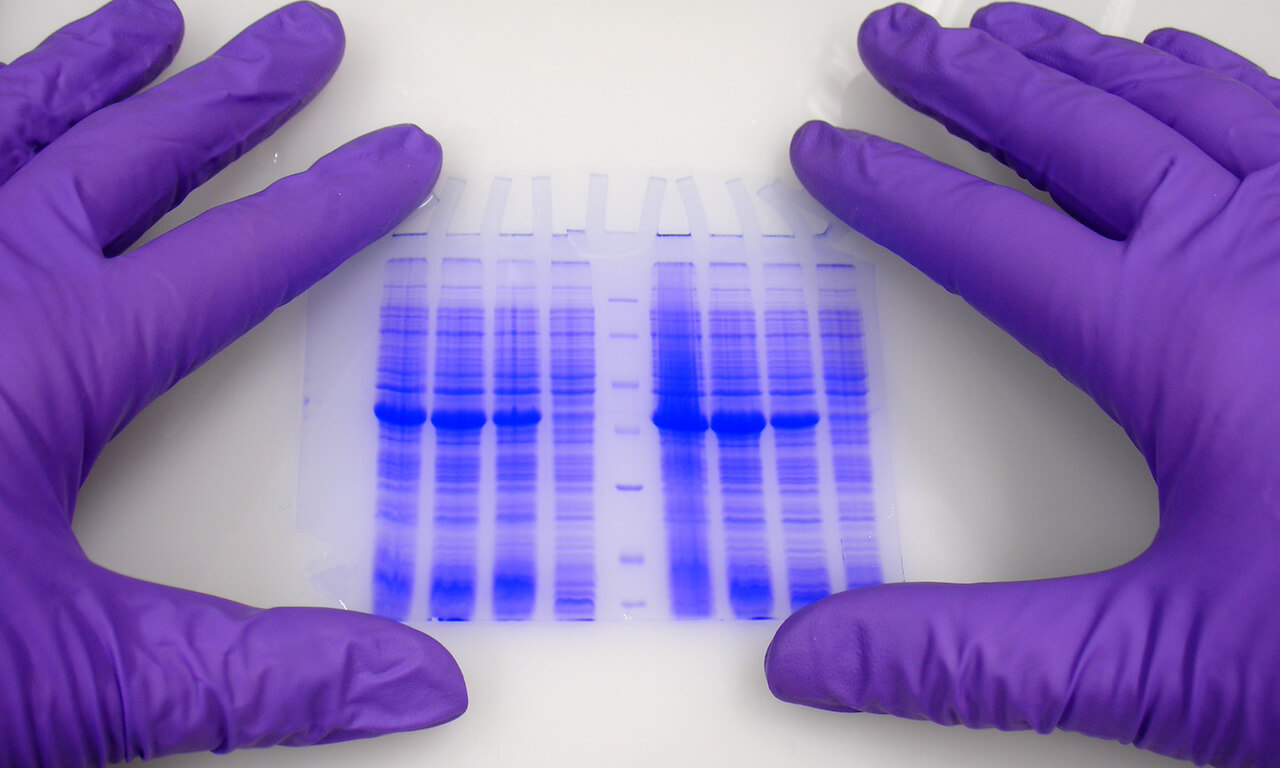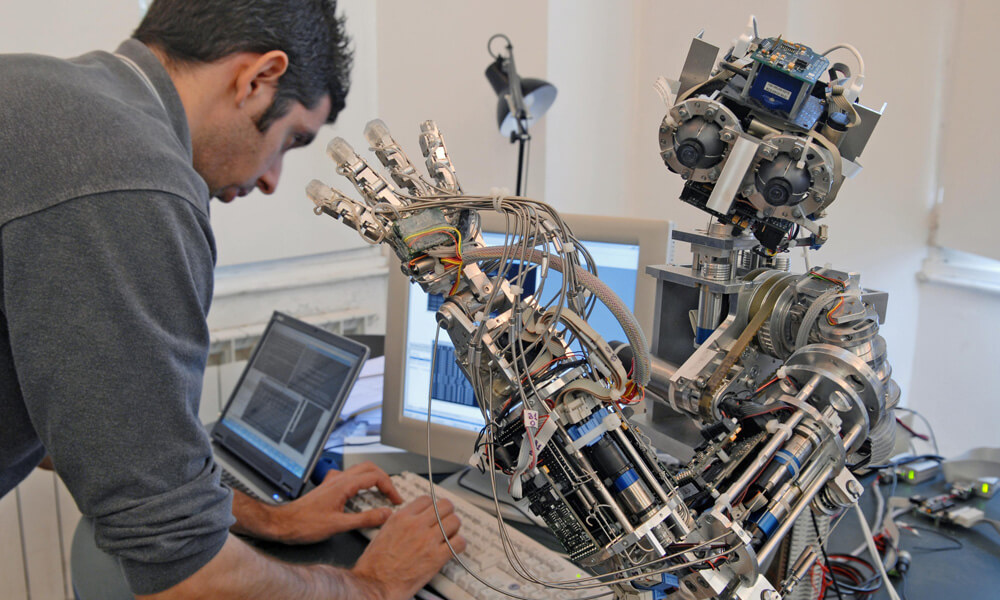Pursuing the Impossible, and Coming Out on Top
Source: The New York Times
Free climbers Kevin Jorgesen and Tommy Caldwell reached the summit of El Capitan’s Dawn Wall in Yosemite after over 18 days of hard work. Many consider it the toughest, most challenging rock climb in the world. Read about it here.












